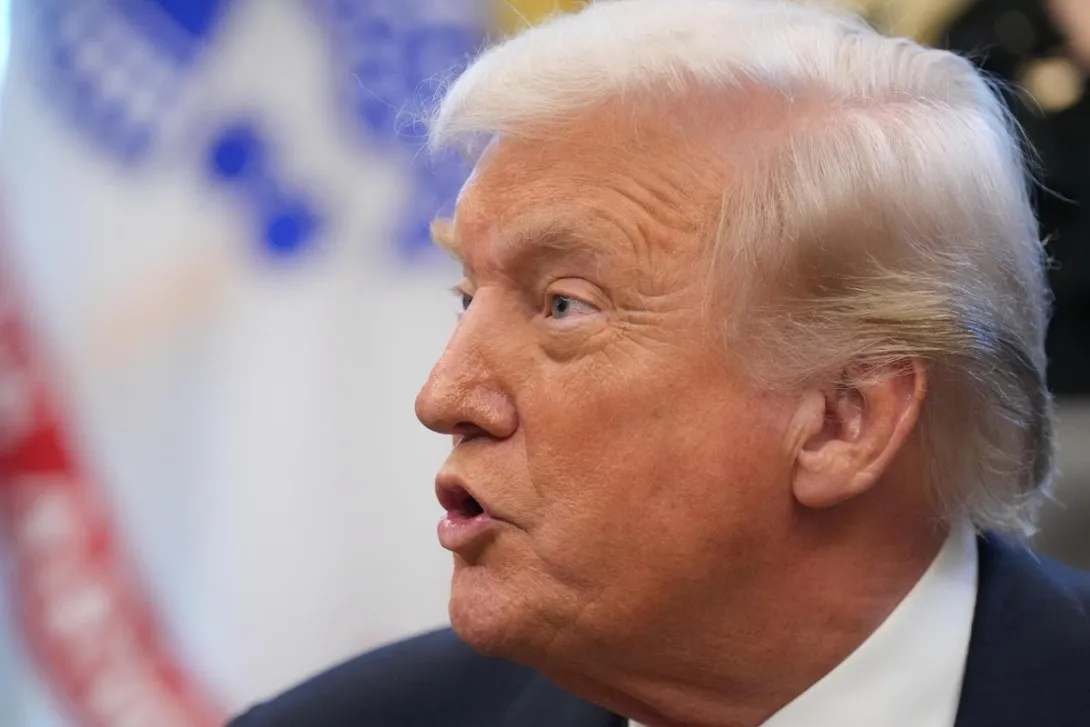Former U.S. President Donald Trump has signaled that the United States is nearing a significant trade agreement with India, potentially reshaping bilateral economic relations. The announcement highlights ongoing efforts to expand market access, reduce trade barriers, and strengthen strategic economic ties between the two nations. Key sectors likely to benefit include technology, agriculture, and manufacturing, with the potential to enhance exports and investment flows. Analysts suggest that a finalized deal could bolster economic growth, improve supply chain resilience, and strengthen diplomatic and commercial collaboration. The development marks a pivotal moment in U.S.-India trade relations, with far-reaching implications for global markets.
Bilateral Trade: A Strategic Imperative
The U.S. and India have long sought to deepen economic engagement, given their complementary strengths. India’s rapidly expanding consumer market, skilled workforce, and technology sector offer lucrative opportunities for U.S. exporters and investors. Conversely, U.S. businesses stand to benefit from India’s reforms in manufacturing, digital infrastructure, and ease-of-doing-business initiatives.
A trade agreement could address longstanding issues such as tariffs on key commodities, intellectual property protections, and regulatory alignment, creating a more predictable and mutually beneficial commercial environment. Such steps are expected to encourage bilateral investment and diversify supply chains amid global economic uncertainty.
Sectoral Impacts and Opportunities
Several industries are poised to gain from a U.S.-India trade pact. Technology and software services, where India holds a competitive advantage, could see smoother access to U.S. markets, while U.S. agricultural exports—including nuts, pulses, and dairy products—may benefit from reduced import duties. Manufacturing collaborations could also expand, driven by mutual interests in semiconductors, aerospace, and renewable energy.
Analysts note that improved market access could generate billions of dollars in trade revenue, enhance employment opportunities, and reinforce the economic resilience of both nations. Strategic alignment in sectors such as defense and energy may further complement commercial objectives.
Economic and Diplomatic Significance
Beyond trade figures, the agreement carries broader geopolitical implications. Strengthening economic ties reinforces bilateral relations at a time when both countries face global challenges, including supply chain vulnerabilities, energy security, and emerging market competition. Economists suggest that a comprehensive trade deal could enhance policy predictability, bolster investor confidence, and provide a platform for long-term strategic collaboration.
For India, closer trade relations with the U.S. could accelerate technology transfer, boost exports, and support domestic initiatives under programs such as “Make in India.” For the U.S., the deal offers an opportunity to deepen engagement with a key regional partner and secure strategic economic interests in Asia.
Challenges and Next Steps
Despite optimism, the path to a finalized agreement remains complex. Negotiators must reconcile differences on tariffs, market access, and regulatory standards, while ensuring alignment with domestic political priorities in both countries. Successful resolution of these issues will require careful diplomacy, economic foresight, and stakeholder engagement.
The announcement by Trump underscores growing momentum, suggesting that sustained dialogue and pragmatic compromise could result in a landmark trade pact, setting a precedent for future economic collaboration between major global economies.
Conclusion
The nearing U.S.-India trade deal represents a pivotal juncture in bilateral relations, combining economic opportunity with strategic partnership. By facilitating market access, enhancing sectoral collaboration, and promoting investment flows, the agreement could redefine the commercial landscape for both nations. While challenges remain, the trajectory points toward a mutually beneficial framework with enduring implications for trade, growth, and global economic stability.

Comments